5 Natural Remedies Against HPV
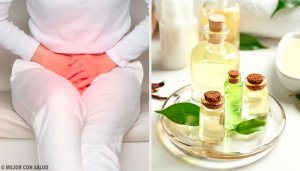
Human Papilloma Virus (HPV) is a sexually transmitted infection. In some cases, it can cause various different types cancer, according to this study carried out by the US National Library of Medicine. Because of this, it’s very important to diagnose and treat HPV as soon as possible, to prevent it from causing any lesions, as we shall discuss later in this article.
Keep reading to find out some natural remedies that you could help treat HPV.
What Do I Need to Know about HPV?
First, it’s very important that you inform yourself about this pathogen, so that you can prevent its transmission and progression.
HPV is one of the most common sexually transmitted infections. In many cases, there are no visible symptoms, so many people don’t even know they’re infected. As a result, the risk of transmitting the disease is huge.
In total, there are around 200 types of viruses in this group. However, some have a higher risk of causing cancer than others. Of these 200, only 40 produce visible genital lesions.
HPV causes damage to the mucous and skin in the form of condylomas or genital warts, mainly in the male and female reproductive systems.
These lesions are temporary and, with proper treatment, they’ll disappear in about a year. However, the virus itself will not disappear.
As such, it’s important to go to regular gynecological exams (every two years, according to the latest research), with the aim of detecting the disease, regardless of whether there are any visible symptoms. The tests used are:
- The Pap test: otherwise known as the smear test or cervical screening, this test allows medical staff to take cells from the cervix, and check it for signs of cancer, as explained in this study by the Federal University of Céara, Brazil.
- Colposcopy: this test allows a doctor or nurse to examine the vagina and cervix, using a speculum and microscope that allows them to detect lesions.
In the case of men, a visual examination is often sufficient, as the lesions appear on the penis and testicles. In both men and women, these lesions can also appear in the anus.
We recommend that you read: 4 Signs of Irregular Periods
Prevention and treatment of HPV
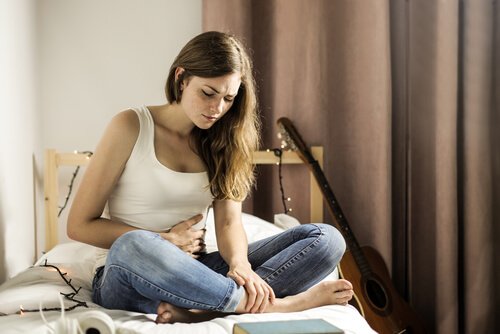
The risk of contracting HPV is directly related to the age a person became sexually active, the number of sexual partners they’ve had in their life, and the protection they use during sexual activity.
Today, those between the ages of 20-24 are the most affected by this infection. As age increases, the number of cases falls. It’s believed that this is because they’re more likely to be in a stable, monogamous relationship.
In any case, prevention is very important. Therefore, doctors recommend that you use protection during sex and get tested periodically (both men and women).
There is also a vaccine. According to the US National Library of Medicine (MedlinePlus), it’s normally given to boys and girls between the ages of 11-12. However, it’s recommended for anyone between the ages of 9 and 26.
When genital warts appear, gynecologists can opt to eliminate them, according to a study conducted by the Zulia University (Venezuela), They may use:
- Special acids
- Cryotherapy (freezing the area)
- Electro-surgical incisions (with high-voltage electricity).
As of yet, there isn’t a specific way to treat HPV and get rid of it completely. However, there are different natural methods that can prevent the reappearance of skin lesions.
It’s important to remember that these won’t cure the underlying illness, or eradicate the virus. They will only help to reduce visible symptoms, such as warts or condyloma.
If you notice these kinds of lesions, you need to consult with your doctor, who will be able to run the appropriate tests. If there are no lesions, you should use the preventative measures discussed earlier in this article.
Natural remedies to reduce the appearance of skin lesions
For various reasons (like hormonal and emotional changes), HPV comes back and produces lesions. The aim of these home recipes is to strengthen your immune system so that the virus doesn’t have the chance to “come out from hiding”.
1. Garlic
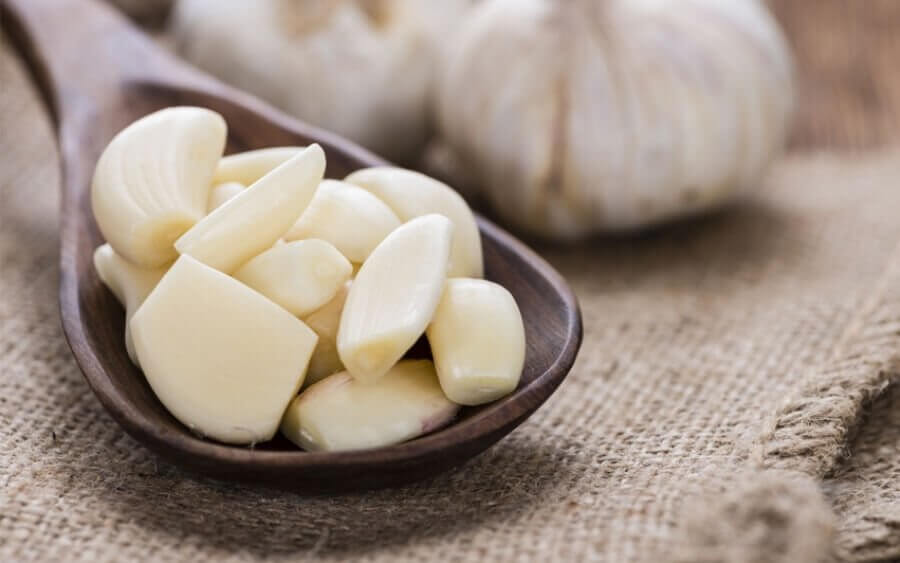
There’s an infinite number of properties in garlic that can benefit your health. According to this study by the University of Idaho, it’s a powerful antimicrobial, thanks to the action of allicin, one of its main components. You can take refined garlic capsules (found in health food stores) or increase the amount of garlic in your meals.
2. Tea Tree Oil
This is one of the remedies most frequently used to treat genital warts. However, it’s very dangerous, and we would not recommend it. This study carried out by the Navarra Hospital highlights the irritations and side effects caused by tea tree oil.
3. Castor Oil
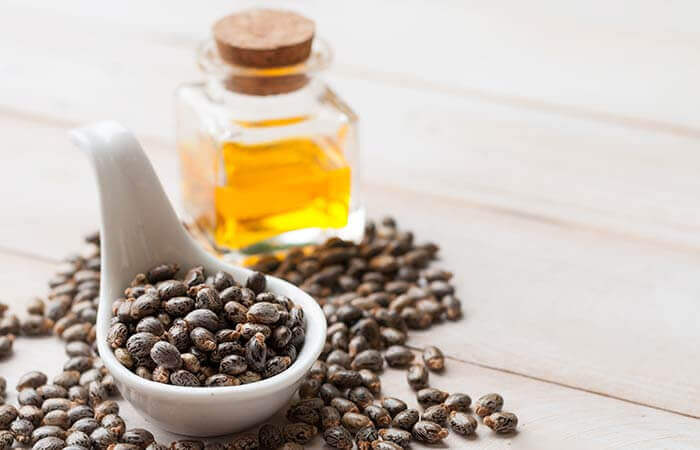
Under no circumstances do we recommend using this well-known remedy. Its topical use has not been scientifically proven, and there’s no evidence to suggest ingesting it could improve your condition.
4. Honey and Propolis
Products that come from bees are excellent antibacterials, according to this study by the Washington State University. You can take it in a variety of different forms:
- Eat one tablespoon of propolis or honey every morning before breakfast or put it on a cookie or on toast.
- Some people add it to tea, although the boiling water it can cause it to lose many of its properties.
Also read: 8 Medicinal Benefits of Cinnamon and Honey
5. Juice
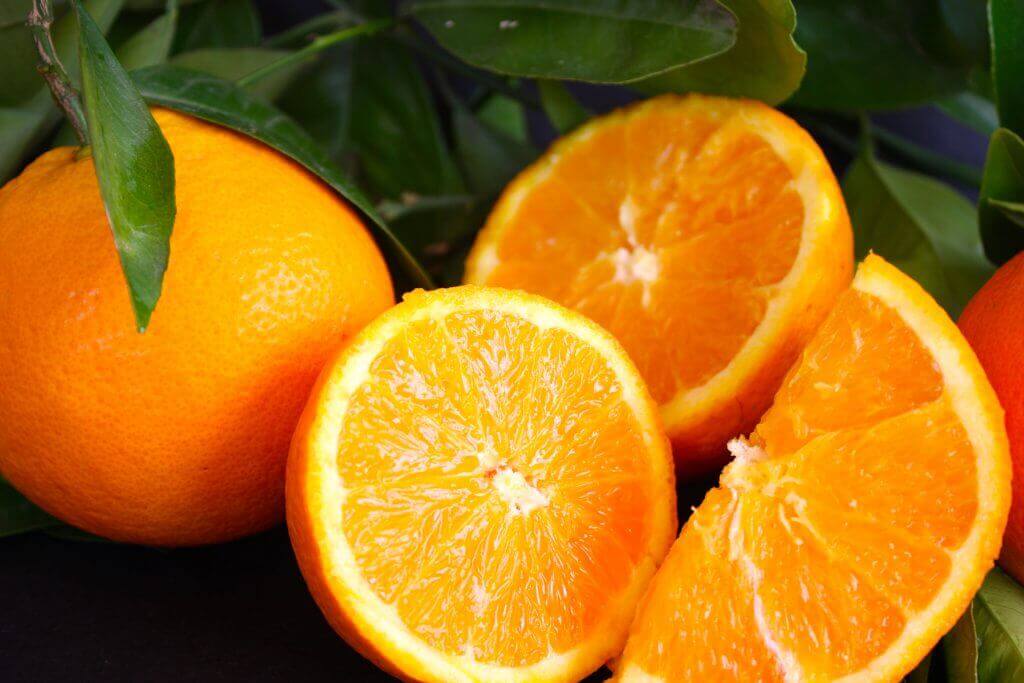
Another way to strengthen your body’s defenses is to drink citrus juices such as orange, grapefruit or lemon, as confirmed in this study carried out by the Otago University in New Zealand.
They contain large amounts of vitamin C, which helps support the bodies defenses, and is an important part of any healthy diet. The best option is to drink it in the morning on an empty stomach.
In conclusion, HPV is a very widespread and often silent disease which must be detected and treated as soon as possible.
These natural remedies may help you to prevent and improve the appearance of lesions.
All cited sources were thoroughly reviewed by our team to ensure their quality, reliability, currency, and validity. The bibliography of this article was considered reliable and of academic or scientific accuracy.
- Baleka Mutombo A, Tozin R, Kanyiki H, Van Geertruyden JP, Jacquemyn Y. Impact of antiviral AV2 in the topical treatment of HPV-associated lesions of the cervix: Results of a phase III randomized placebo-controlled trial. Contemp Clin Trials Commun. 2019 May 16;15:100377.
- Braaten KP, Laufer MR. Human Papillomavirus (HPV), HPV-Related Disease, and the HPV Vaccine. Rev Obstet Gynecol. 2008 Winter;1(1):2-10.
- Massa S, Pagliarello R, Paolini F, Venuti A. Natural Bioactives: Back to the Future in the Fight against Human Papillomavirus? A Narrative Review. J Clin Med. 2022 Mar 7;11(5):1465.
- Markum E, Baillie J. Combination of essential oil of Melaleuca alternifolia and iodine in the treatment of molluscum contagiosum in children. J Drugs Dermatol. 2012 Mar;11(3):349-54.
- Meloni G, Milani M. Efficacy and Tolerability of Topical Green Tea Extract (Polyphenon E) Application in a “Therapy-Resistant” Plantar Wart. Case Rep Dermatol. 2018 May 18;10(2):127-132.
- Millar BC, Moore JE. Successful topical treatment of hand warts in a paediatric patient with tea tree oil (Melaleuca alternifolia). Complement Ther Clin Pract. 2008 Nov;14(4):225-7.
- Mousavi, Z. B., Mehrabian, A., Golfakhrabadi, F., & Namjoyan, F. (2018). A clinical study of efficacy of garlic extract versus cryotherapy in the treatment of male genital wart. Dermatologica sinica, 36(4), 196-199.
- Soheili M, Keyvani H, Soheili M, Nasseri S. Human papilloma virus: A review study of epidemiology, carcinogenesis, diagnostic methods, and treatment of all HPV-related cancers. Med J Islam Repub Iran. 2021 May 22;35:65.
- Theisen, L. L., Erdelmeier, C. A., Spoden, G. A., Boukhallouk, F., Sausy, A., Florin, L., & Muller, C. P. Tannins from Hamamelis virginiana bark extract: characterization and improvement of the antiviral efficacy against influenza A virus and human papillomavirus. PloS one. 2014; 9(1): e88062.
- Mutombo, Alex, Et al. (2019).Impacto del antiviral AV2 en el tratamiento tópico de las lesiones del cuello uterino asociadas al VPH: resultados de un ensayo aleatorizado controlado con placebo de fase III. Contemp Clin Trials Commun. DOI: 10.1016/j.conctc.2019.100377
- González-Martínez, Gerardo & Núñez-Troconis, José. (2010). Tratamiento de las verrugas genitales: una actualización. Revista chilena de obstetricia y ginecología. Disponible en: https://scielo.conicyt.cl/scielo.php?script=sci_arttext&pid=S0717-75262015000100012
- Gomes Martins, L., Et al. (2010). Examen de papanicolaou: factores que influyen a las mujeres a no recibir el resultado. Enfermería Global. Disponible en: https://scielo.isciii.es/scielo.php?script=sci_arttext&pid=S1695-61412010000300007
This text is provided for informational purposes only and does not replace consultation with a professional. If in doubt, consult your specialist.








